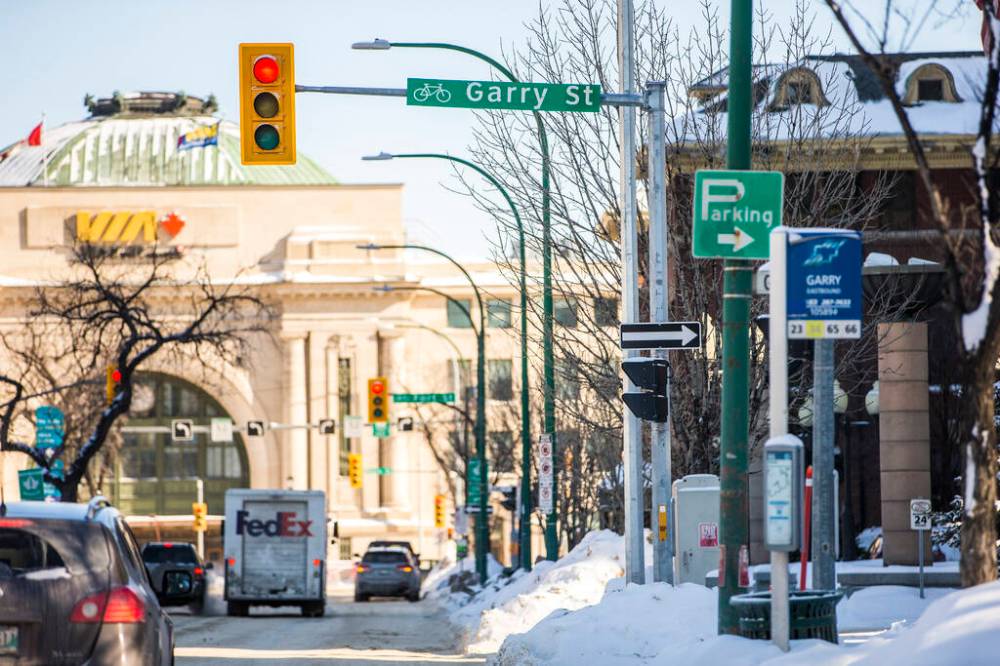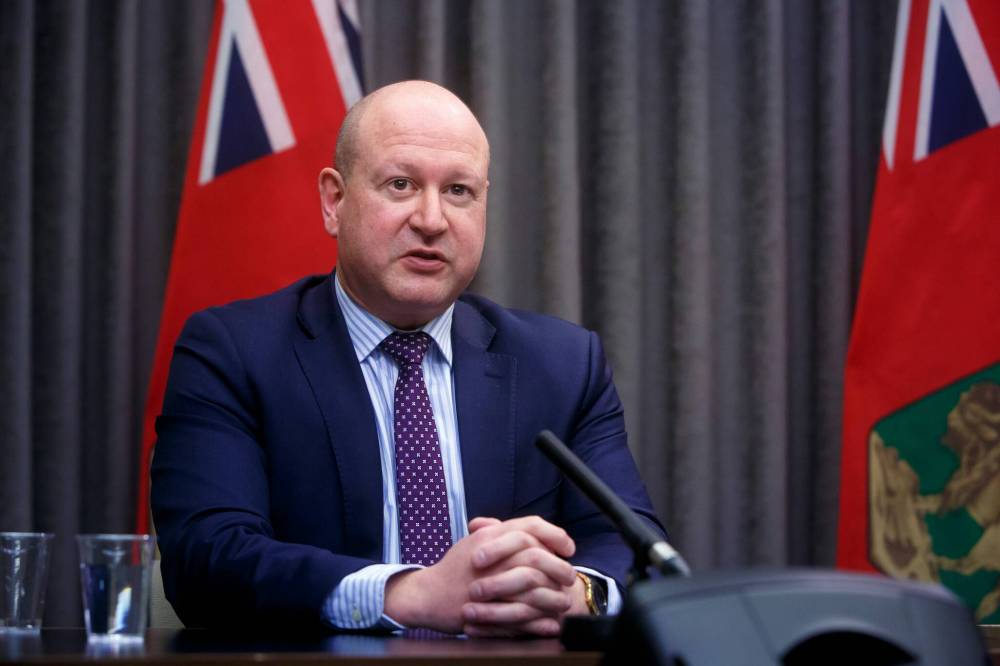Hope is not a plan, and without a plan… well, good luck
Advertisement
Read this article for free:
or
Already have an account? Log in here »
To continue reading, please subscribe:
Monthly Digital Subscription
$1 per week for 24 weeks*
- Enjoy unlimited reading on winnipegfreepress.com
- Read the E-Edition, our digital replica newspaper
- Access News Break, our award-winning app
- Play interactive puzzles
*Billed as $4.00 plus GST every four weeks. After 24 weeks, price increases to the regular rate of $19.00 plus GST every four weeks. Offer available to new and qualified returning subscribers only. Cancel any time.
Monthly Digital Subscription
$4.75/week*
- Enjoy unlimited reading on winnipegfreepress.com
- Read the E-Edition, our digital replica newspaper
- Access News Break, our award-winning app
- Play interactive puzzles
*Billed as $19 plus GST every four weeks. Cancel any time.
To continue reading, please subscribe:
Add Free Press access to your Brandon Sun subscription for only an additional
$1 for the first 4 weeks*
*Your next subscription payment will increase by $1.00 and you will be charged $16.99 plus GST for four weeks. After four weeks, your payment will increase to $23.99 plus GST every four weeks.
Read unlimited articles for free today:
or
Already have an account? Log in here »
Hey there, time traveller!
This article was published 17/02/2022 (1347 days ago), so information in it may no longer be current.
After nearly two years of managing a COVID-19 pandemic that has killed 1,647 Manitobans and hospitalized more than 7,400, the provincial government seems less prepared today for the next wave than it’s ever been.
Until now, the province has relied on public-health measures such as mandatory mask use, capacity limits, business closures and restrictions on household visits to control the spread. Vaccines have reduced government’s reliance on those interventions, but they were still used during the most recent wave of the pandemic.
Now, after 22 months of on-again, off-again restrictions, the province is phasing them out completely by March 15. Unlike during previous waves, the option of reinstating them (not if, but when, cases and hospitalizations flare up again) appears to be off the table, at least for the foreseeable future.

So, what has changed? Epidemiologically, not much — at least not since December when the Omicron variant first appeared in Manitoba. More Manitobans have been immunized since then, including children age 5-11 and those with a third dose. There is also a new pill-form treatment approved by Health Canada (Pfizer’s Paxlovid) that has proven effective against severe illness.
However, those pharmaceutical interventions were not enough to prevent hospitals from being overwhelmed during the last wave. Thousands more surgeries and other procedures were cancelled, while the use of “level loading” (shipping patients to hospitals hundreds of kilometres from their homes) were still used to free up beds for COVID-19 patients.
Even as restrictions wind down over the next few weeks, hospitals — including intensive-care units — continue to operate well above pre-pandemic capacity.
The question now is: what happens when cases rise again and there is renewed pressure on hospitals? If public-health restrictions are no longer an option, what mechanisms will the province use to protect hospital capacity?
That’s an uncomfortable question no one in government wants to answer right now. Politicians such as Premier Heather Stefanson are content to ride the populist wave that “we’re done with COVID” and that crude interventions — mandatory masks and capacity limits — are a thing of the past.
Dr. Brent Roussin, the chief provincial public health officer, was asked the question this week. He said he didn’t want to respond to “hypotheticals.” He did acknowledge, though, that restrictions are still “one tool in the tool box” that could be used again if necessary. That seems unlikely. Once all measures are lifted next month, government would be hard-pressed to reinstate them without facing a public backlash.
Roussin said restrictions will be replaced with “recommendations” beginning next month. Individuals will have to learn to protect themselves from the virus, like they do with other respiratory diseases, such as influenza, he said.
There’s nothing wrong with that approach per se, except it doesn’t address what happens when cases explode and hospitals are under siege again. What is the plan to prepare for that?
Personal responsibility and individual protection plans are great. But they don’t address the macro threat of another devastating fifth, sixth or seventh wave.

The hope is that a combination of higher vaccine uptake (which appears to have stalled), improved treatment options and voluntary adherence to recommendations, such as continued mask use, will be enough to ward off catastrophe. Maybe it will. But hope isn’t a plan.
The fact government hasn’t released a multi-layered strategy to prepare for the next wave (hospital capacity expansion, more widely available treatment options for COVID-19 and improved indoor air quality in schools and other public places have been suggested) is troubling.
If public-health measures are no longer a political option, what are we replacing them with? Do we simply accept higher mortality rates and destabilized hospitals as part of the new normal?
Repeating the platitude that we have to “learn to live with COVID” and that “it’s time to get our lives back” doesn’t solve the longer-term problem if there are no contingency plans to respond to a worse-case scenario. SARS-CoV-2 can’t be willed away. Without a plan, we are doomed to repeat the mistakes of the past.
tom.brodbeck@freepress.mb.ca

Tom Brodbeck is an award-winning author and columnist with over 30 years experience in print media. He joined the Free Press in 2019. Born and raised in Montreal, Tom graduated from the University of Manitoba in 1993 with a Bachelor of Arts degree in economics and commerce. Read more about Tom.
Tom provides commentary and analysis on political and related issues at the municipal, provincial and federal level. His columns are built on research and coverage of local events. The Free Press’s editing team reviews Tom’s columns before they are posted online or published in print – part of the Free Press’s tradition, since 1872, of producing reliable independent journalism. Read more about Free Press’s history and mandate, and learn how our newsroom operates.
Our newsroom depends on a growing audience of readers to power our journalism. If you are not a paid reader, please consider becoming a subscriber.
Our newsroom depends on its audience of readers to power our journalism. Thank you for your support.
History
Updated on Friday, February 18, 2022 5:59 AM CST: Corrects typo

